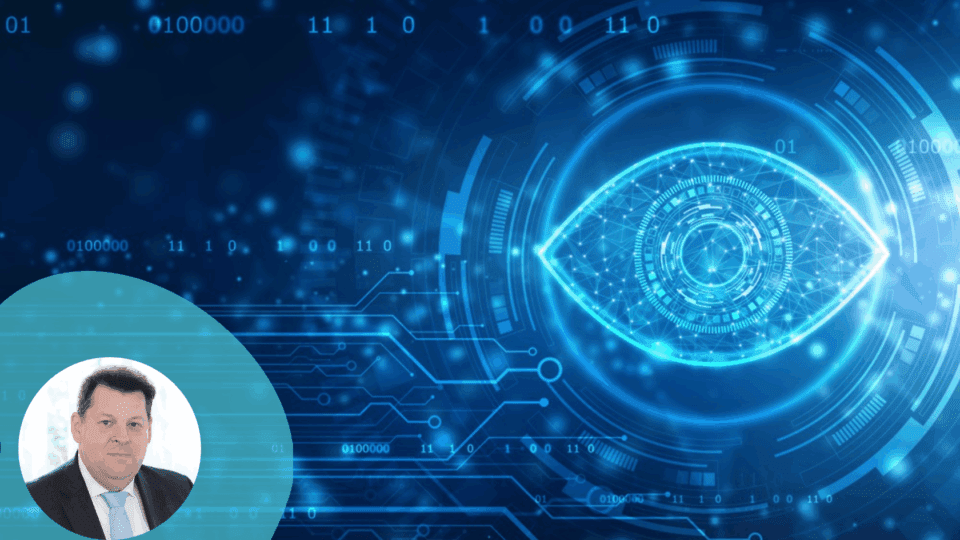The average inventory accuracy rate is 83%, and while that seems like a fairly high number, the missing 17% can have a considerable impact on retailers. To best serve customers, it’s crucial to maintain inventory and replenish items properly. All it takes is one poorly timed out-of-stock item to count a retailer out in the eyes of a consumer. Inventory levels must keep up with demand in order to keep up with consumers’ expectations.
In today’s modern retail environment, leveraging the right technology is often the key to establishing seamless processes across every single retail area, including inventory. One technology that is at the forefront of industry professionals’ minds is computer vision, which can help ensure shelves are properly stocked and in compliance with planograms.
But what is computer vision exactly?
An Overview of Computer Vision
In essence, computer vision is pattern recognition that is powered by artificial intelligence (AI). The technology enables computers to identify objects in images and videos by calculating similarities with patterns it has learned before.
For example, a computer could identify a sandwich because it has seen pictures of sandwiches previously and recognizes the layering of bread, lettuce, tomato and meat.
More than simply identifying objects, computer vision also is now evolving to understand the context of images and videos and conduct behavioral analysis, going beyond just identifying a sandwich; it can identify the objects around it like a grill, picnic table and people nearby, and understand the sandwich is in the context of a party.
Algorithms are learning and will only grow smarter as they’re exposed to more patterns and images.
A more modern example of computer vision in action is the self-driving car. Cameras on the car, equipped with computer vision, can recognize the conditions of the road, pinpoint where neighboring cars are positioned and identify other key factors to ensure the car does not hit obstacles.
Computer vision technology is in a phase of active growth across all industries. The global market for it is projected to reach $29.88 billion in 2025, with the largest market size being the U.S., projected at $8.99 billion.
Consider the aforementioned self-driving cars as a qualitative example of the technology’s growth, too. While sharing the road with vehicles that operate themselves is certainly difficult to grasp at first, many drivers are beginning to accept the phenomenon as a new normal. Even more so, some drivers now trust self-driven cars more than those driven by humans.
Of course, leveraging new technology can be intimidating, and initially limiting rollout to certain areas can help with the transition. Inventory processes are a great place to start because of their practical, behind-the-scenes focus. Computer vision can provide retailers with unmatched confidence in that area, with its ability to maximize precious employee time, accuracy and future potential.
Leveraging Computer Vision can Make the Most of Employee Time
Traditionally, when dealing with replenishment, stores will send employees to execute aisle walks and manually identify holes in shelves. They can then inform their team and internal systems of the holes and take steps to fill the gaps, keeping each item properly stocked.
However, with computer vision in play, the human eye can be replaced with robots or even cameras placed on employees. That way, if an employee is traversing the aisles on a different mission, computer vision can act side-by-side to simultaneously scan shelves and identify holes.
Leveraging the technology maximizes employee time – and can even free up their time to assist customers and provide face-to-face service that many consumers value.
Computer Vision Enhances the Accuracy of Inventory Levels
Not only is tracking inventory manually time consuming, but it can also lead to potential human error.
For example, say the private label pinto beans at the grocery store are running low. On an aisle walk, an employee may notice and record the low stock – but accidentally note that black beans are low instead of pinto. This causes confusion and requires employees to spend extra time correcting the error.
The more accurate retailers can be when it comes to stock, the better able they are to serve customers. This is one of the main reasons why leveraging advanced computer technology can prove beneficial.
Computer Vision can Future-Proof, Too
For retailers, it’s important to not just address current issues they face but also protect against potential future issues.
With computer vision providing accurate insights regarding inventory, retailers can identify their needs, informing future orders and product development. And not only are the insights from computer vision more accurate, they are also automatic, allowing retailers to adjust and shift as needed – and keeping tabs on where and how customer behavior is trending.
While the industry is unpredictable and challenges can strike at any given moment, leveraging the right available tools to gain an accurate picture of the future can make a big difference.
In the Modern Retail Landscape, Loyalty is Everything
In the world of tariffs, inflation and resulting consumer uncertainty, winning loyalty is crucial for retailers to ride the waves. What’s more, losing loyalty can be a big blow, and any number of large or small factors – including an out-of-stock item – could be the difference between a customer choosing one retailer over another. As such, retailers must look to leverage the right technology to best serve customers and win that loyalty, which just may be computer vision.
Michael Jaszczyk is the CEO of GK Americas, where he works to maintain and enhance the company’s global reputation as the supplier of one of the most innovative and complete retail software platforms and suite of services. Jaszczyk has been a part of GK for more than 12 years, previously serving as CTO. He draws on an extensive wealth of experience, both in software development for the retail sector and as a manager at international IT companies, including MCRL AG, Pironet AG and SA2 Retail AG. GK Software provides a future-proof foundation to support retailers’ customer engagement strategies.




